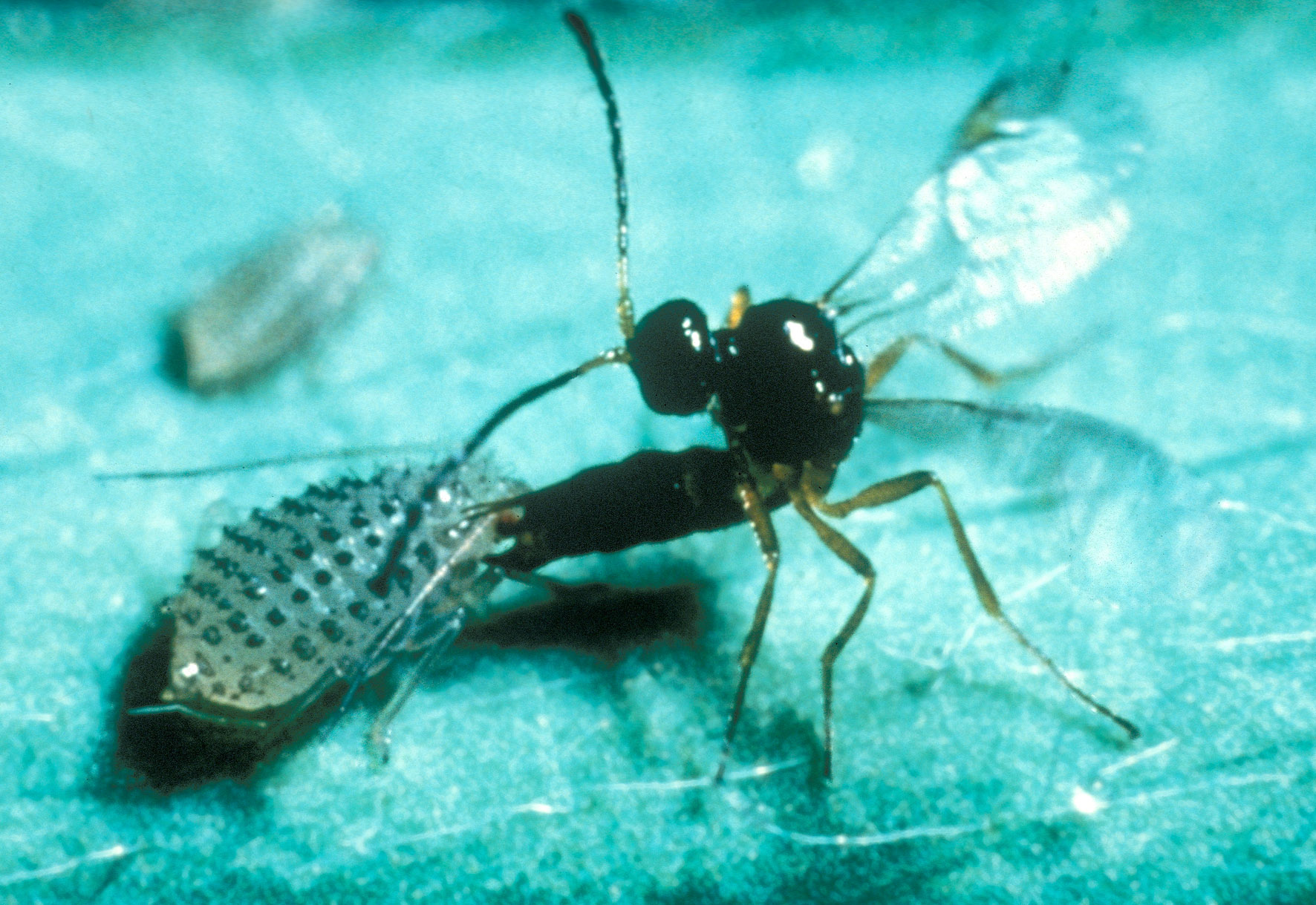|
Lysiphlebus Fabarum
''Lysiphlebus'' is a genus of parasitoid wasps belonging to the family Braconidae. The genus has a near cosmopolitan distribution. Species: *'' Lysiphlebus alpinus'' *'' Lysiphlebus balcanicus'' *'' Lysiphlebus cardui'' *'' Lysiphlebus confusus'' *'' Lysiphlebus fabarum'' *'' Lysiphlebus testaceipes'' Cresson, 1880 Reproduction Most ''Lysiphlebus'' species are haplodiploid, like other Hymenoptera. However, all-female lineages are common in some ''Lysiphlebus''-taxa including '' L. fabarum'', '' L. cardui'' and '' L. confusus''. In these asexual lineages, females can reproduce by a parthenogenetic mechanism, i.e. thelytoky, that involves automixis with central fusion. The genetic system underlying sex determination in ''Lysiphlebus'' is "complementary sex determination", similar to the cape honey bee (see ). Unlike honey bees, however, the ''Lysiphlebus'' ''complementary sex determiner'' gene is thought to be present in multiple copies. Asexual females may occasional ... [...More Info...] [...Related Items...] OR: [Wikipedia] [Google] [Baidu] |
Parasitoid
In evolutionary ecology, a parasitoid is an organism that lives in close association with its host (biology), host at the host's expense, eventually resulting in the death of the host. Parasitoidism is one of six major evolutionarily stable strategy, evolutionary strategies within parasitism, distinguished by the fatal prognosis for the host, which makes the strategy close to predation. Among parasitoids, strategies range from living inside the host (''endoparasitism''), allowing it to continue growing before emerging as an adult, to Paralysis, paralysing the host and living outside it (''ectoparasitism''). Hosts can include other parasitoids, resulting in hyperparasitism; in the case of oak galls, up to five levels of parasitism are possible. Some parasitoids Behavior-altering parasite, influence their host's behaviour in ways that favour the propagation of the parasitoid. Parasitoids are found in a variety of Taxon, taxa across the insect superorder Endopterygota, whose compl ... [...More Info...] [...Related Items...] OR: [Wikipedia] [Google] [Baidu] |
